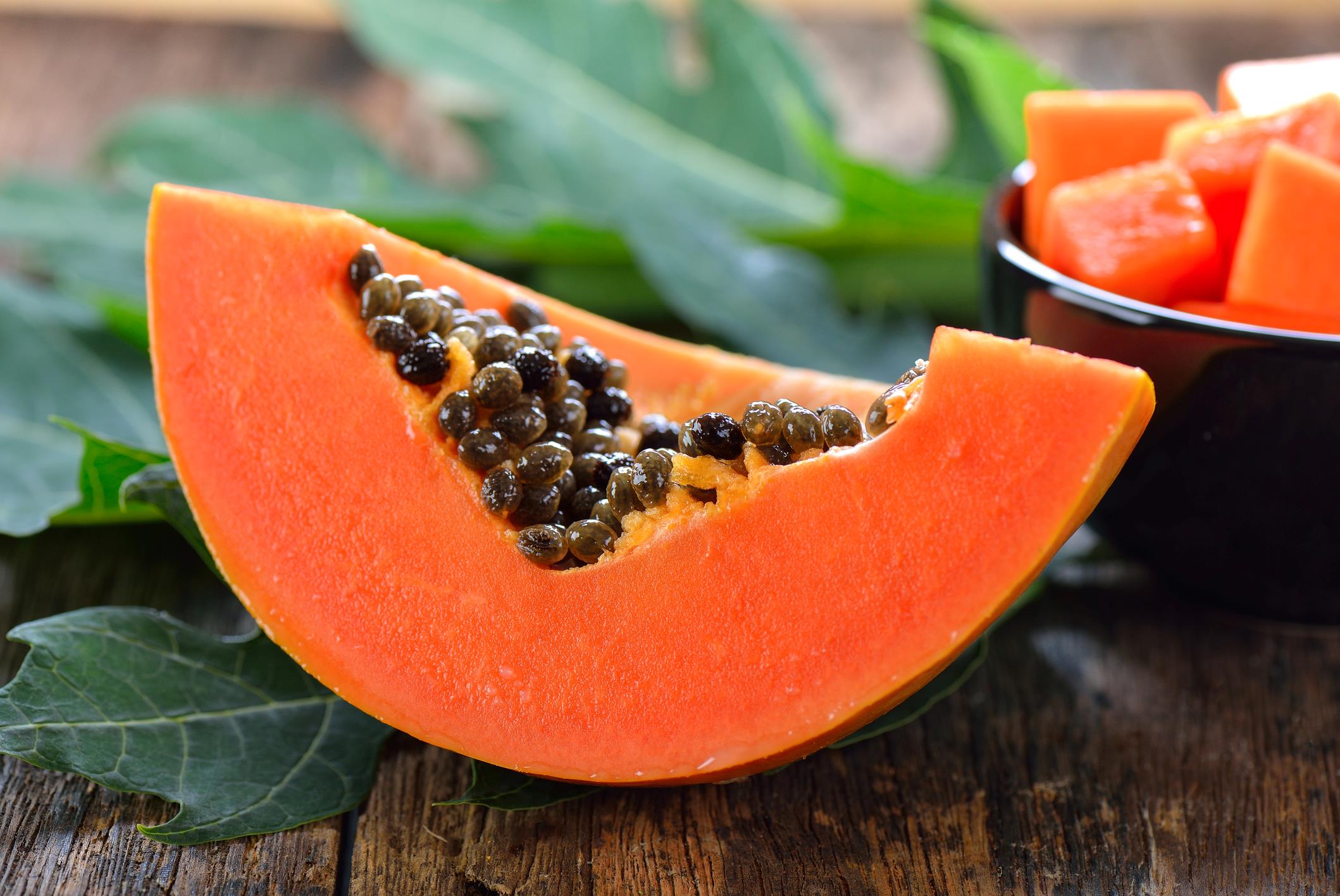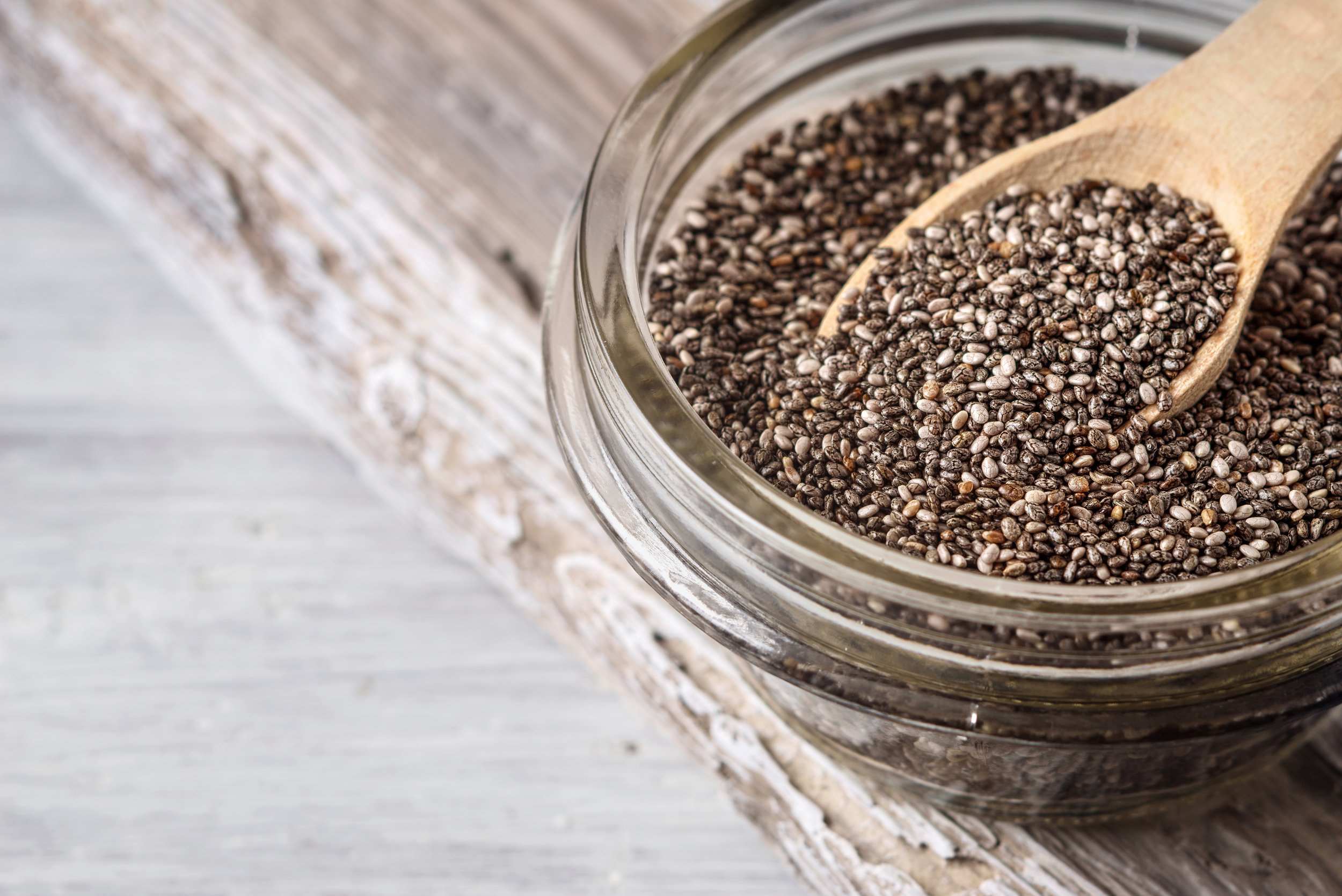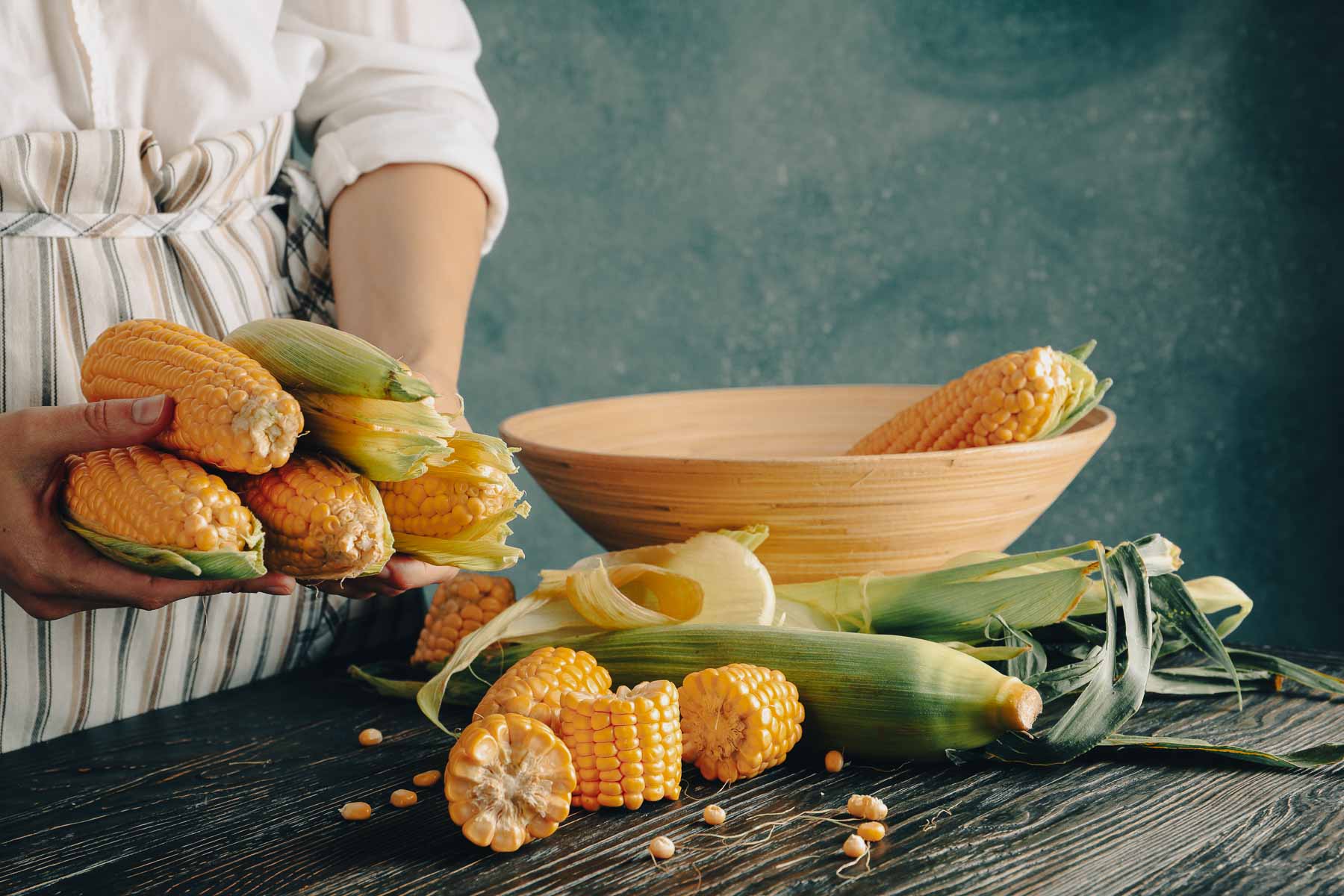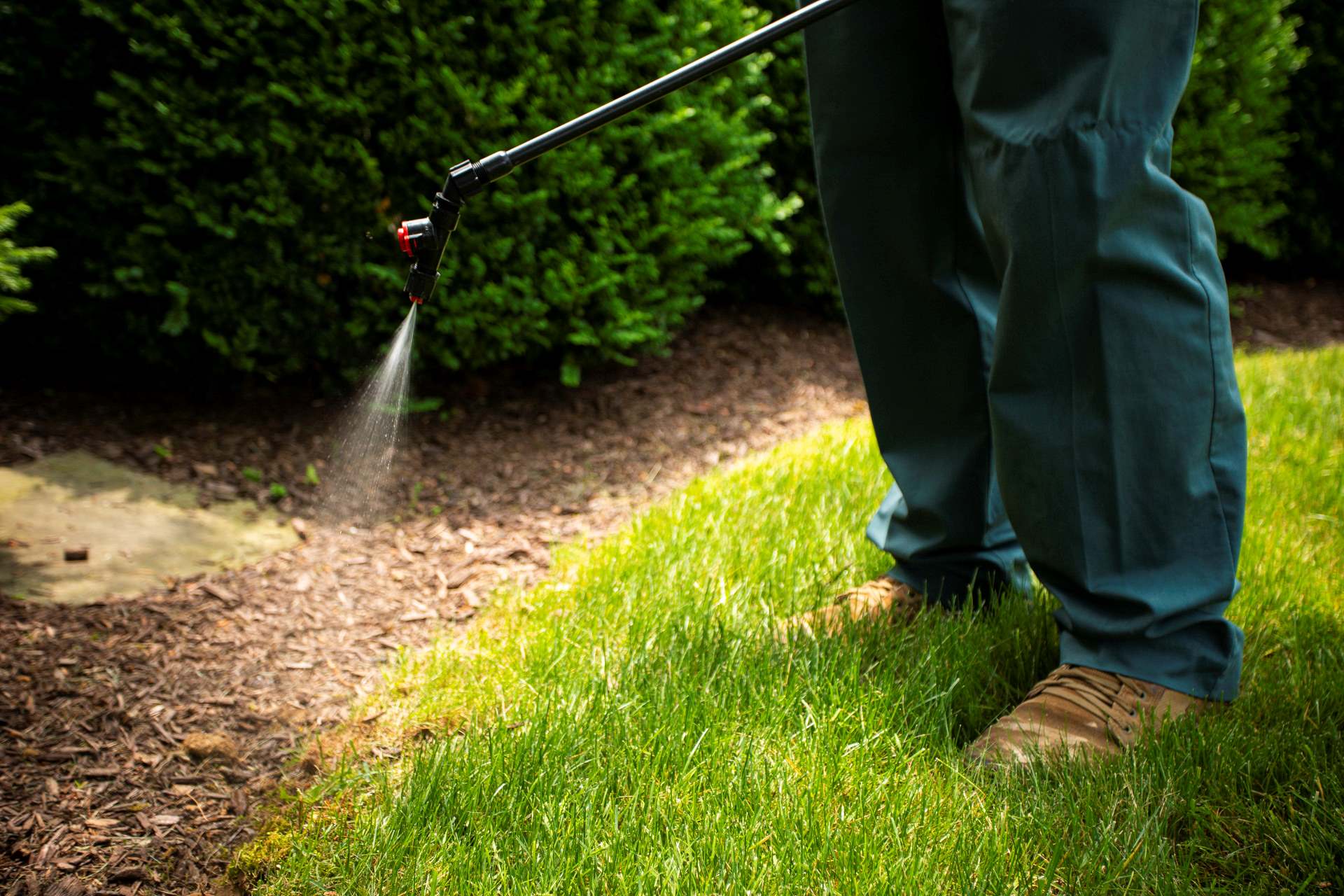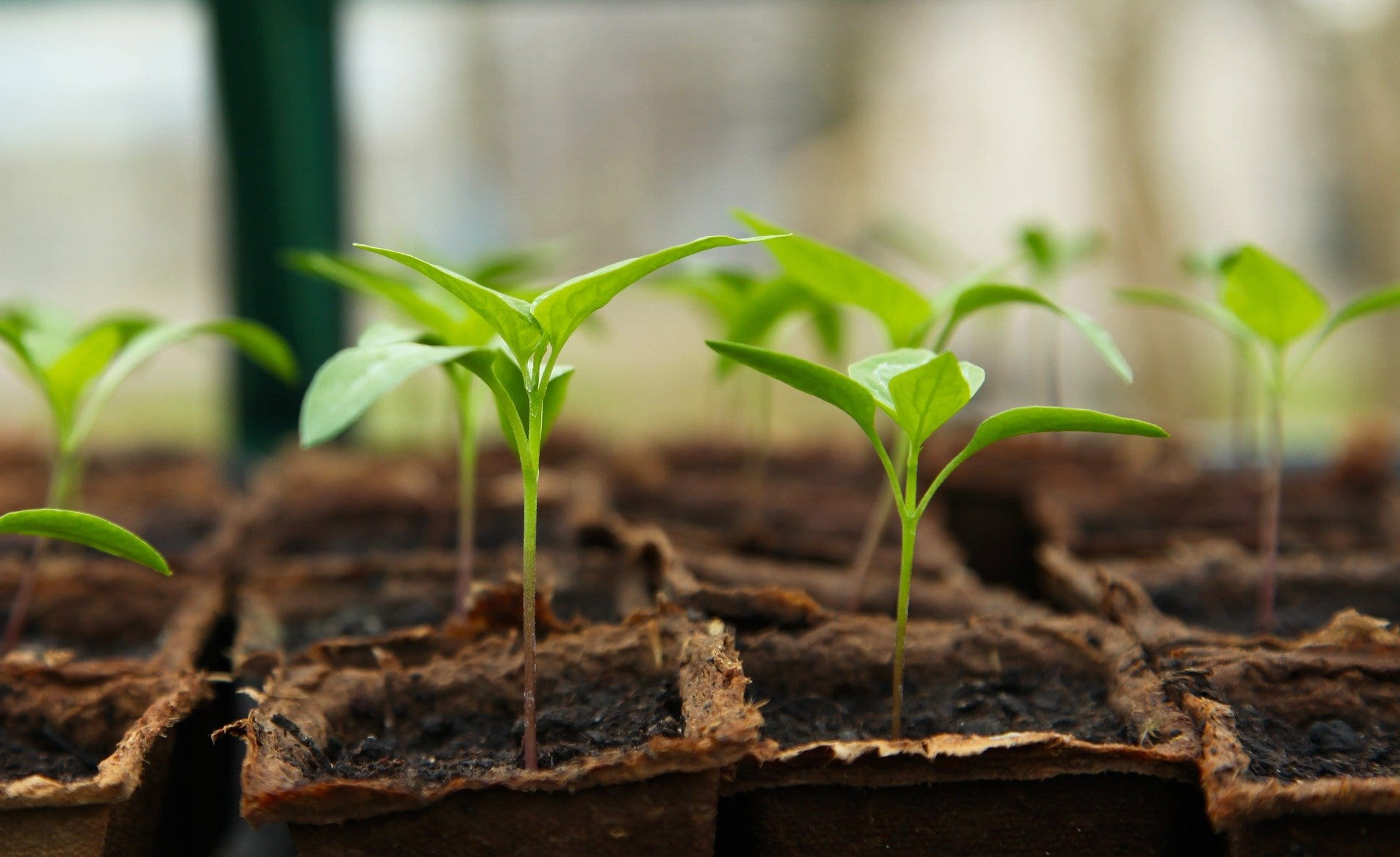Home>Gardening Tips and Tricks>Problem Solving>How Long Can You Keep Seeds
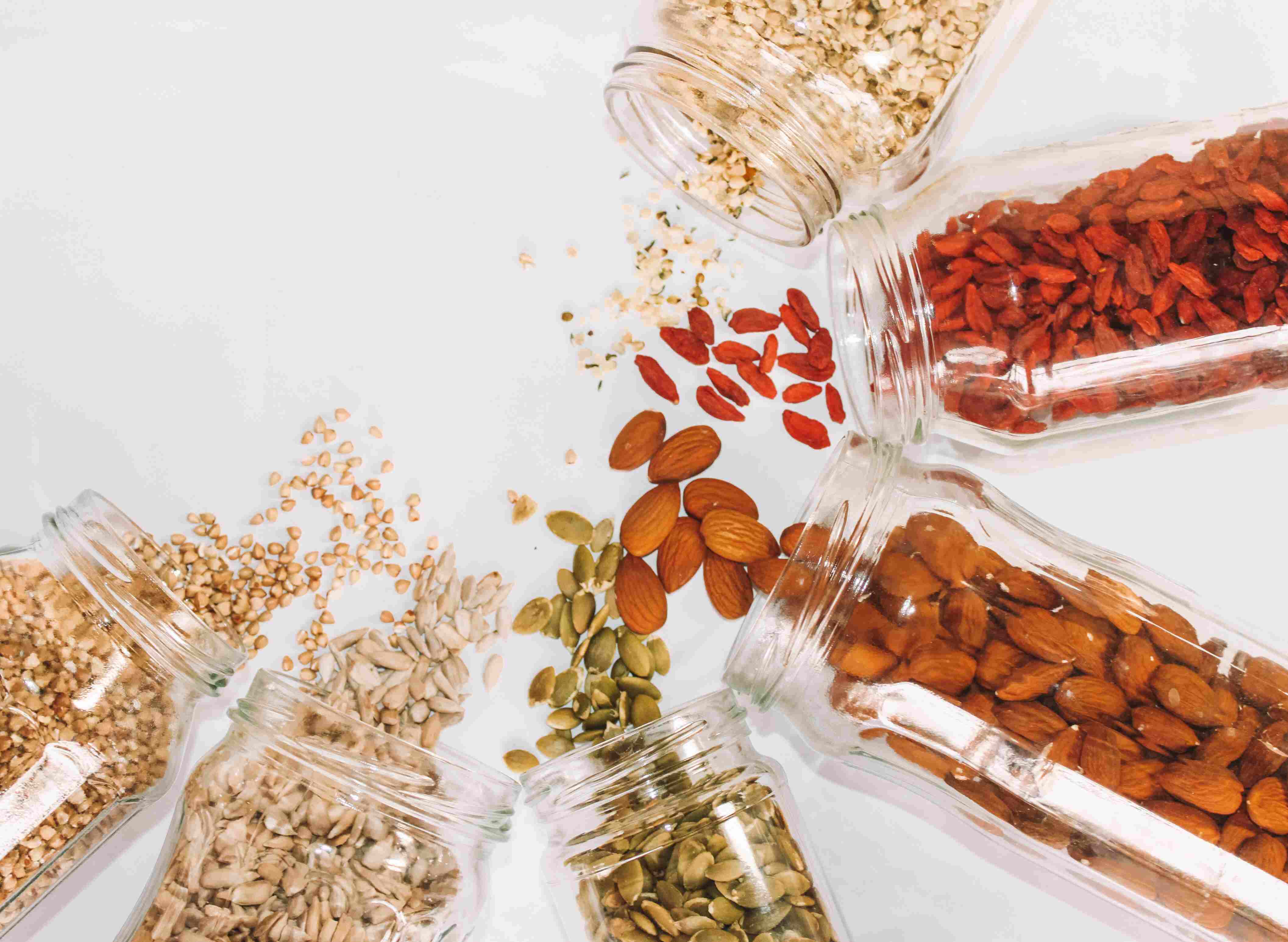

Problem Solving
How Long Can You Keep Seeds
Modified: January 22, 2024
Learn how long you can store seeds and solve any related problems. Discover useful tips and tricks to extend the viability of your seeds.
(Many of the links in this article redirect to a specific reviewed product. Your purchase of these products through affiliate links helps to generate commission for Chicagolandgardening.com, at no extra cost. Learn more)
Table of Contents
Introduction
Welcome to the world of gardening, where the magic of growing plants from seeds unfolds. Whether you’re an experienced gardener or just starting out, understanding seed longevity is crucial. As a gardener, you may have found yourself asking, “How long can you keep seeds?” This is a common and important question, as it directly impacts the success of your gardening endeavors.
The shelf life of seeds varies depending on several factors. Understanding these factors and taking appropriate measures to store your seeds properly can significantly increase their viability. In this article, we will explore the various factors affecting seed longevity, optimal storage conditions, the importance of seed testing and germination, as well as tips for maximizing the lifespan of your seeds.
Ensuring the longevity of your seeds is essential for achieving successful germination and obtaining healthy plants. By properly storing your seeds and maintaining their viability, you can continue to enjoy the pleasure of gardening, season after season.
So, let’s dive into the world of seeds and learn how to maximize their lifespan, shall we?
Factors Affecting Seed Longevity
Several factors influence the longevity of seeds, and understanding them is crucial for storing them effectively. Here are some key factors to consider:
- Seed Type: Different types of seeds have varying lifespans. Some seeds, such as lettuce and onions, have relatively short shelf lives, while others like beans and peppers can last for several years. The inherent characteristics of each seed type will determine its longevity.
- Moisture: Excessive moisture is the archenemy of seed longevity. Moisture can lead to mold, mildew, and deterioration of the seed structure, making them unable to germinate. It’s essential to keep seeds in a dry environment to ensure their longevity.
- Temperature: Temperature fluctuations can greatly impact seed longevity. Extreme heat can cause seeds to dry out and lose their viability, while freezing temperatures can damage their delicate internal structures. Storing seeds in a cool and consistent temperature is essential for preservation.
- Light: Exposure to light can affect the germination process and reduce seed viability. Most seeds prefer darkness, as light can trigger them to begin sprouting prematurely. Storing seeds in opaque containers or in a dark area can help maintain their viability.
- Air/Oxygen: Seeds require oxygen to germinate, but excessive exposure to oxygen during storage can lead to faster deterioration. Oxygen can cause seeds to oxidize and lose their viability. Sealing seeds in airtight containers can slow down the aging process and maintain their longevity.
By understanding these factors and taking appropriate measures to mitigate their effects, you can significantly extend the lifespan of your seeds. Proper storage conditions and precautions are key to preserving seed viability.
Understanding Seed Viability
Seed viability refers to the ability of a seed to germinate and produce a healthy plant. It is essential to assess the viability of your seeds before planting, as using old or low-viability seeds can result in poor germination rates and weak plants. Here’s how you can determine the viability of your seeds:
Seed Testing: Seed testing involves conducting germination tests to assess the percentage of viable seeds in a given sample. This can be done by placing a specific number of seeds on a moist paper towel or in a germination tray and monitoring their germination rate over a specific period. The percentage of seeds that successfully germinate indicates the viability of the batch.
Germination Rate: The germination rate indicates how quickly and successfully the seeds will sprout. It is usually expressed as a percentage and can vary depending on seed type and quality. High-quality seeds often have higher germination rates, meaning a greater number of seeds will successfully sprout.
Seed Vigor: Seed vigor refers to the overall health and strength of the seed. It takes into account not only germination rate but also factors such as seed size, weight, and internal health. Vigorous seeds have a higher chance of producing strong and healthy plants.
By understanding seed viability and conducting seed testing, you can make informed decisions about which seeds to use and ensure optimal germination rates. This knowledge allows you to plan and adjust your planting strategies accordingly, increasing the chances of success in your gardening endeavors.
Optimal Storage Conditions
The longevity of seeds greatly depends on the storage conditions, as improper storage can lead to seed deterioration and loss of viability. Here are some optimal storage conditions to ensure the longevity of your seeds:
- Temperature: Seeds should be stored in a cool and consistent temperature range. A temperature between 32°F (0°C) and 50°F (10°C) is ideal for most seeds. Avoid exposing seeds to high temperatures, as it can cause them to dry out or lose their viability.
- Humidity: Low humidity is crucial for seed storage. Moisture can lead to mold, mildew, and damage to the seed structure. Aim for a humidity level below 50%, and consider using desiccant packs or silica gel to absorb any excess moisture.
- Light: Seeds should be stored in a dark environment. Exposure to light can trigger premature sprouting and reduce seed viability. Keep seeds in opaque containers or store them in a dark area to minimize the effects of light.
- Airflow: While seeds require oxygen for germination, prolonged exposure to oxygen during storage can hasten their deterioration. Store seeds in airtight containers, such as glass jars or vacuum-sealed bags, to reduce oxygen exposure and maintain seed viability.
- Freezing: Some seeds, particularly those from cold-climate plants, can benefit from short-term freezing to break dormancy. However, freezing is not suitable for all seed types. If freezing seeds, ensure they are completely dry and store them in airtight containers to prevent moisture absorption.
By providing these optimal storage conditions, you can significantly enhance the longevity of your seeds. Remember to regularly check on your stored seeds to ensure they remain in good condition, and remove any damaged or deteriorated seeds promptly.
Seed Storage Containers
Choosing the right seed storage containers is crucial for maintaining seed viability and longevity. Here are some popular options for storing your precious seeds:
- Glass Jars: Glass jars are an excellent option for seed storage. They are non-reactive and provide airtight storage when properly sealed. Clear glass jars also allow you to easily see the contents without opening the container, making it convenient to identify and access specific seeds.
- Plastic Containers: Plastic containers can be a cost-effective alternative to glass jars. Look for containers made from food-grade plastic that are specifically designed for long-term storage. Ensure the containers are airtight and durable to keep moisture and pests out.
- Ziplock Bags: Ziplock bags are a popular choice for seed storage, particularly for those who have limited space. Use high-quality, thick, and airtight bags to prevent moisture and air from seeping in. Place the bags in a rigid container or box to protect them from being crushed or punctured.
- Envelope Method: For those looking for a simple and budget-friendly option, paper envelopes can be used to store seeds. Ensure the envelopes are made from acid-free and breathable paper to prevent moisture buildup. Label each envelope with the seed type, date, and any other relevant information.
- Vacuum-Sealed Bags: Vacuum-sealed bags are an excellent choice for long-term seed storage. They remove air and moisture, creating a controlled environment that prolongs seed viability. When using vacuum-sealed bags, be sure to include a desiccant pack to absorb any residual moisture.
Regardless of the storage container you choose, be sure to label each container clearly with the seed type, date of storage, and any other relevant information. This will help you keep track of the seeds and ensure you use them within their optimal time frame.
Common Types of Seeds and Their Shelf Life
Understanding the shelf life of different types of seeds is essential for proper seed storage and planting. Here are some common types of seeds and their approximate shelf life:
- Vegetable Seeds: Vegetable seeds can have varying shelf lives. Tomatoes, peppers, and eggplants have a shelf life of about 3-5 years. Beans, peas, and lettuce seeds can last up to 4-6 years. However, onion and carrot seeds have a shorter shelf life of 1-2 years.
- Herb Seeds: Herb seeds generally have a longer shelf life compared to vegetable seeds. Most herb seeds can last 2-5 years if stored properly. Examples include basil, parsley, thyme, and oregano.
- Flower Seeds: Flower seeds vary in their shelf life. Some flower seeds can last for several years, while others have a shorter lifespan. Marigolds, zinnias, and cosmos seeds can last 2-3 years, while poppies and sweet peas have a shorter shelf life of about 1-2 years.
- Fruit Seeds: Fruit seeds, such as melons, cucumbers, and squash, generally have a shelf life of about 3-5 years. However, it’s important to note that some fruit seeds, like citrus seeds, may require special treatment or fresh seeds for optimal germination.
These are general guidelines, and it’s essential to remember that seeds can be affected by storage conditions and the quality of the seed to begin with. It’s always a good idea to perform a germination test if you’re unsure about the viability of your stored seeds.
Seed Testing and Germination
Seed testing and germination are important processes to assess the viability of your seeds before planting. By conducting these tests, you can determine the percentage of viable seeds and ensure successful germination. Here’s a step-by-step guide:
- Seed Selection: Choose a representative sample of seeds from your stored batch. Ensure the sample size is appropriate for accurate results.
- Germination Medium: Prepare a germination medium, such as moist paper towels or seed trays filled with sterile seed-starting mix. The medium should be damp but not overly wet.
- Seed Placement: Place the selected seeds evenly spaced on the germination medium. If using paper towels, fold the towels over the seeds to cover them gently. If using trays, lightly press the seeds into the mix.
- Moisture and Temperature: Ensure the germination medium remains consistently moist throughout the germination period. Maintain an appropriate temperature range for the specific seeds, as different seeds have different temperature requirements for optimal germination.
- Monitoring and Observation: Regularly check the seeds for signs of germination. Record the number of seeds that successfully germinate and determine the percentage of germination. This process can take several days to weeks, depending on the seed type.
- Interpreting the Results: Assess the germination rate and overall seed viability based on the percentage of seeds that successfully germinated. High germination rates indicate good seed viability, while lower rates may require adjustments to planting strategies or the use of fresh seeds.
Seed testing and germination help you make informed decisions about the viability of your stored seeds. This prevents waste by ensuring you only plant viable seeds, increasing the chances of successful germination and healthy plant growth.
Tips for Maximizing Seed Longevity
Maximizing the longevity of your seeds is essential for successful germination and healthy plant growth. Here are some tips to help you maintain seed viability over extended periods:
- Proper Storage: Store seeds in a cool, dry, and dark environment to minimize deterioration. Use airtight containers, such as glass jars or vacuum-sealed bags, to protect seeds from moisture and oxygen.
- Labeling: Properly label your seed containers with the seed type and the date of storage. This helps you keep track of the age of your seeds and ensures you use the oldest seeds first.
- Rotate Your Seeds: Use a rotation system for your stored seeds. By rotating your seeds and using older seeds first, you can ensure that none of your seeds go unused and lose viability over time.
- Regular Inspection: Periodically check your stored seeds for any signs of damage, moisture buildup, or insect infestation. Remove any damaged or deteriorating seeds to prevent them from affecting the others.
- Desiccant Packs: Include desiccant packs or silica gel packets in your seed storage containers. These help absorb excess moisture and extend the shelf life of your seeds.
- Seed Saving Techniques: Learn and practice proper seed saving techniques. Harvest seeds from healthy and mature plants, clean them thoroughly, and allow them to dry completely before storing.
- Proper Handling: When handling seeds, avoid excessive heat, moisture, and rough treatment. Handle seeds with clean and dry hands, and use clean tools to prevent any contamination.
- Seed Germination Test: Perform germination tests on stored seeds periodically to assess their viability. This provides valuable insight into the percentage of viable seeds and helps you plan your planting accordingly.
- Keep Records: Maintain a record of your seed storage and germination testing results. This information allows you to track the longevity of your seeds and make informed decisions about seed use in the future.
By implementing these tips and maintaining proper seed storage practices, you can maximize the longevity of your seeds and increase the chances of successful germination and thriving plants in your garden.
Conclusion
Understanding how long you can keep seeds and implementing effective storage practices is essential for any gardener. By considering the factors affecting seed longevity, such as seed type, moisture, temperature, light, and airflow, you can take the necessary steps to preserve seed viability over time.
Proper storage conditions, including the use of airtight containers, maintaining low humidity, and storing seeds in a cool, dark place, can help maximize seed longevity. Additionally, conducting seed testing and germination tests allows you to assess the viability of your stored seeds and adjust your planting strategies accordingly.
Remember to choose the right seed storage containers, such as glass jars, plastic containers, or vacuum-sealed bags, to protect your seeds from moisture and oxygen. Labeling your containers and implementing a rotation system helps ensure that no seeds go unused and that you use the oldest seeds first.
Regular inspection of stored seeds, employing desiccant packs, practicing proper seed-saving techniques, and handling seeds with care all contribute to maintaining seed viability. Keeping records of your seed storage and germination test results allows you to track the longevity of your seeds and make informed decisions for future plantings.
By following these tips and understanding the importance of seed longevity, you can increase your chances of successful germination and enjoy healthy plants year after year. So, embrace the magic of seeds, store them properly, and continue to nurture your gardening adventures with thriving plants.

